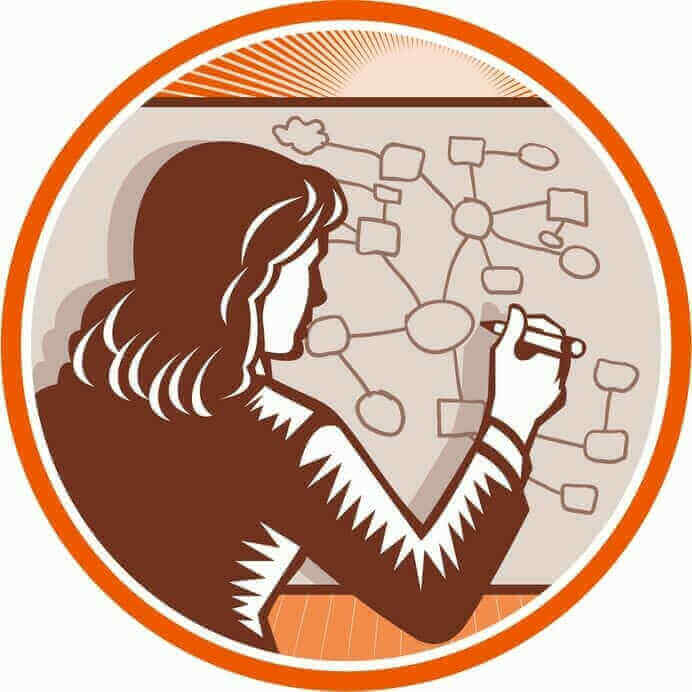Drawing mind maps is fairly easy, whether your preference is drawing mind maps online, using mind mapping software or a simple piece of paper. Mind mapping, which is also referred to as a brainstorming diagram, involves jotting down a central idea on a piece of blank background then linking it to related topics that are to radiate out centrifugally. Through focusing oneself on a central idea, a wider scope can be outlined because of the connection of one idea to another, which is also very helpful in understanding and remembering new and vital information.
To help you create mind maps easily and efficiently, we have outlined some of the key steps below. You can follow and adapt these steps for creating mind maps on a piece of paper, drawing mind maps free on software or making mind maps online using various tools.
Tips for Drawing Mind Maps:
Tip 1 – Make Relationships
Facts and information should be accurately intertwined with one another. You can use arrows, colors, lines and even branches (like that of a tree) to be able to show the possible connections of ideas being generated inside your mind. Relationships between the ideas are important for one to understand the derivative of the new information patterned out through the construction of the map. Personalized mapping denotes individual designs and symbols which can be effective in visualizing relationships related to one another. Additionally, this will help you recall and understand every “branched out” information.
Tip 2 – Do Not Judge, Pause or Edit
Linear thinking is a concept including all three elements. In mapping, analyzing is only secondary. What is important is the very thing that pops out your head while focusing on the idea. However, you have to be sure that whatever you think of is directly related to the topic otherwise you have to use your reasoning ability to pattern your thoughts. Modifications can be done during the later stage of analyzing the entire concept of the idea. It is important that you allow yourself to be flexible so that every idea can be included in the map for as long as the puzzle fits. Sometimes the obscure topics are the ones that make sense in the end. Keep in mind that editing is easier if you decide to use mind mapping software or online tools rather than paper. If you already know your creations will need some alterations, opt for the digital tools.
Tip 3 – Be Specific in Drawing Mind Maps
Write down only what seems to matter and not the entire idea. Use keywords and phrases but not an entire sentence or paragraph. Be brief and straight to the point of what you want to convey. Use capitals in order to emphasize the important key points. You can write down notes explaining your keyword underneath the word itself.
Tip 4 – Centralize the Idea
Always put the idea in the middle of the page and not in the corners. It is also more useful to focus on a landscape type of view rather than portrait as this will give you maximum space for other related ideas to radiate from the center. As you continue to master the art of mind mapping on paper, using mind mapping software or mind mapping online tools, you will be able to start from any point or any view of the paper.
Tip 5 – Spacing
Some of the most significant mind mapping notes are those that have spaces left for further note-taking add ups. You can also choose to highlight some of the important information the lecturer or someone else has reiterated. Spacing is good to provide additional information to join the picture.
If you follow these mind mapping tips, you will be able to start drawing effective mind maps in no time. Please note that using a piece of paper to draw mind maps or using a mind mapping software is equally effective. Depending on your taste or the situation you can choose either one of the methods.

